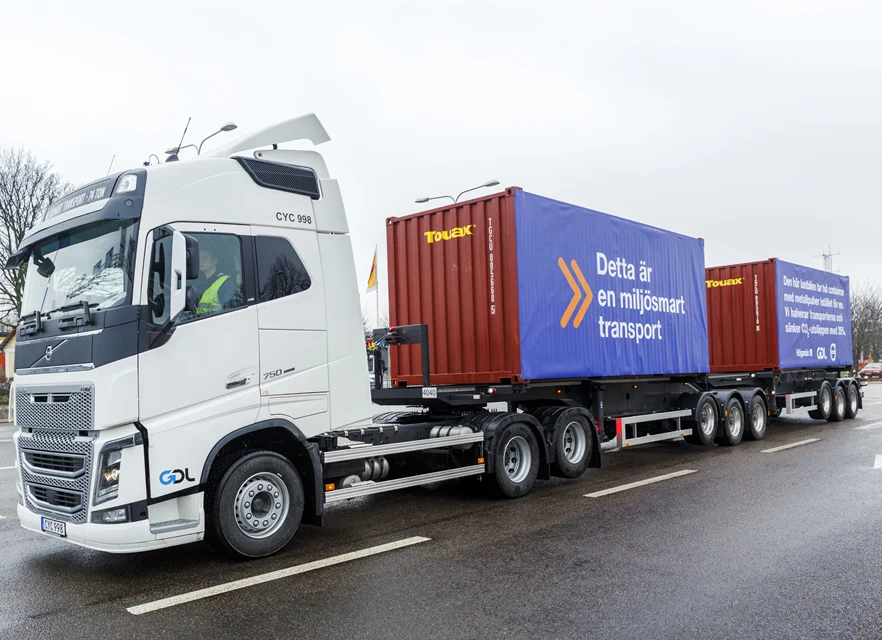
The most common and cost-effective way to send significant amounts of goods around the world is by sea, and major international ports deal with thousands upon thousands of containers every single day. These ports often operate at capacity, so extensive planning is required to keep everything running smoothly. This means that any unexpected events can have a huge impact.
There are ongoing issues with many ports around the world due to the pandemic. Regional outbreaks of COVID-19 have led to some closures lasting more than a week, which may not sound like much in the context of how long it has impacted the world, but it is a huge amount of time in the shipping industry.
In addition to this ongoing issue, there was also the Suez Canal blockage. In March 2021, a shipping vessel called Ever Given became wedged in the canal. This ship, which is one of the biggest of its type, was turned by heavy winds and was stuck for six days. To give an idea of how big an issue this was, around 12% of global trade, one million barrels of oil and 8% of liquefied natural gas pass through the canal every day.
This blockage was said to be holding up almost ten million US dollars of trade every day, while the alternative route for vessels would involve navigating around the Cape of Good Hope in South Africa – a route which can take almost ten days more to complete. These issues combined to result in major challenges for all global business, and the impacts are still being felt today.
New ways of working
With customers all over the world, Höganäs has first-hand experience of these issues. Some of our metal powders are manufactured mainly in Höganäs in Sweden, but then shipped to the Americas and the APAC region. As demand was high during 2021, we had to find alternative ways to ensure we had enough product for customers everywhere.
“There’s significant backlog at many ports around the world,” says Johan Walther, Supply Chain Manager at Höganäs. “Every delay and every closure causes a ripple effect, so we have had to find alternatives to ensure we can keep up with demand. There was also major challenge due to a combination of tight timing with our output from production and the departures of the feeder vessels that take our products from Helsingborg to the international harbours in places like Hamburg and Rotterdam.”
To ensure metal powders were still being delivered on time and in the right volume, trucks were also utilized for this first leg of the journey. While more costly than sea freight, it’s a reliable, necessary solution that is still more cost-effective and environmentally friendly than air freight, which is another alternative.
“Costs are also going to be a challenge in the coming months,” adds Johan. “Demand has risen drastically, so prices for space are rising in conjunction with that. For some legs these prices have risen by 900%. However, in the initial stages of COVID-19, we were proactive with our predictions, and ensured we filled higher quotes and shipped as much as we could to China in order to fill stocks. We had identified potential interruptions, and we were able to ensure we delivered more powder to China to be able to better meet future demands in the region.”
Exploring alternatives
In addition to the proactive approach taken with ocean freight options, Höganäs has also been utilizing rail freight for some shipments. Although it’s more costly, it is a fast, safe option which is kinder to the environment than shipping by air. It also facilitates delivery direct to inland locations, while providing a viable alternative to sea freight in the event of further delays.
“It was possible to use trains to deliver to China, and while we tested a combination of sea-rail-sea for South Korea and Japan, the result of the testing was not positive, meaning that the rail option is not viable for Korea, Japan and Taiwan,” explains Johan. “Instead, we were able to move volume by rail to China, allowing us to utilize corresponding volumes for sea freight for deliveries to Korea, Japan and Taiwan. This means we were still using the same amount of space on ships, but taking containers that would go to Shanghai and delivering them to one of the countries inaccessible by train.”
Höganäs in China, Japan, South Korea and India are all able to share stock with each other when needed, which cuts down the lead team while avoiding some of the freight issues with backlogs and storage shortages.
This has meant that while global conditions have been more challenging than ever, Höganäs has managed to limit the impact thanks to proactive, innovative approaches along with effective cross-border collaboration.
#InsightsByHoganas
